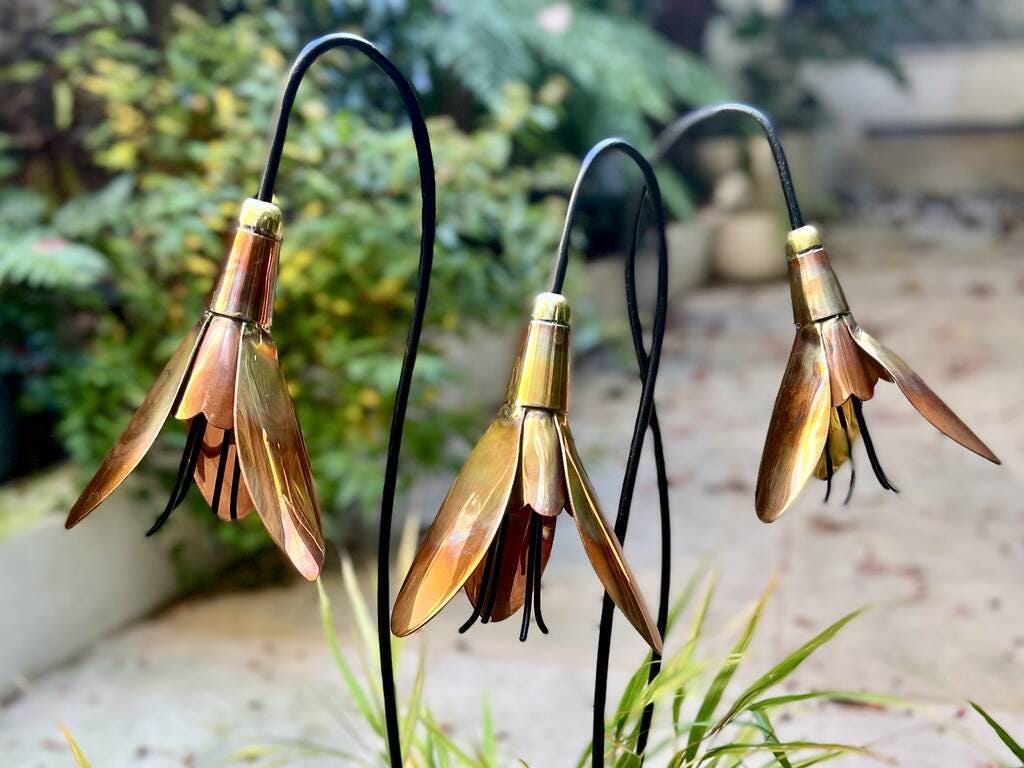Starting your journey in metalworking for garden projects can be an exciting and rewarding experience. Whether you’re interested in crafting unique metal sculptures or creating functional garden art, metalworking offers endless possibilities to enhance your outdoor space. In this guide, we’ll explore how to start metalworking for garden and provide you with essential tips to get you started on this creative adventure.

The Basics of Metalworking
Before diving into specific projects, it’s crucial to understand the basics of metalworking. This involves familiarizing yourself with the tools, materials, and techniques used in the craft. DIY Laser Cut Metal Art is a great place to start learning about the types of metal and the basic tools you’ll need.
Essential Tools for Beginners
Every metalworking enthusiast should equip themselves with a set of essential tools. These include a welder, cutting tools, a grinder, and safety gear. You can find more detailed information on necessary safety tips for DIY metal art to ensure you’re working safely and effectively.
Choosing the Right Metal
Different metals offer different qualities and aesthetics. Common choices for garden projects include steel, aluminum, and copper. Each metal has its own benefits, like durability and ease of manipulation, which you can further explore at stainless steel garden art.
Designing Your Garden Art
Designing your metal garden art is where your creativity shines. Start by sketching ideas and considering the space where your art will be displayed. Look for inspiration from existing structures or nature itself. For unique and abstract ideas, check out how to make abstract metal garden art.
Incorporating Function and Aesthetics
Your garden art should balance both function and aesthetics. Consider creating pieces that serve dual purposes, such as a decorative planter or a bird feeder. This approach not only enhances the beauty of your garden but also adds utility.
Getting Started with Your First Project
Once you’re familiar with the basics and have your design ready, it’s time to start your first project. Begin with something simple to build your confidence, such as a small sculpture or a decorative garden stake.
Step-by-Step Process
1. Gather your materials.
2. Cut and shape the metal according to your design.
3. Assemble the pieces using welding or other joining techniques.
4. Finish your piece with paint or a protective coating to withstand outdoor conditions.
Learning from Others
Joining a community of metalworking enthusiasts can be incredibly beneficial. You can learn from others’ experiences, share your projects, and gain feedback. Consider visiting forums or workshops for more hands-on learning opportunities.
Online Resources and Tutorials
The internet is a treasure trove of resources for metalworking. Websites like Michelle J Designs offer tutorials and project ideas to inspire your work.
Maintaining Your Metal Art
Once your art is complete, proper maintenance is key to ensuring its longevity. Regular cleaning and applying protective coatings can prevent rust and weather damage.
Safety Precautions
Safety should always be a priority when working with metal. Wear appropriate protective gear, work in a well-ventilated area, and follow all safety instructions provided with your tools.
Handling Tools Safely
Always handle tools with care. Make sure you’re familiar with each tool’s operation before use. For more safety tips, visit our guide on safety tips for DIY metal art.

FAQs
What tools do I need to start metalworking for my garden?
Basic tools include a welder, metal cutter, grinder, and safety gear. Advanced projects may require specialized tools.
Can I use recycled metal for garden projects?
Yes, using recycled metal is an eco-friendly option that can add unique character to your pieces.
How do I protect my metal art from rust?
Applying a clear protective coating or paint can help prevent rust and extend the life of your metal art.
Embarking on your metalworking journey for garden projects is both exciting and fulfilling. With the right tools, a bit of creativity, and a focus on safety, you’ll soon be creating beautiful art that enriches your outdoor space. For more inspiration and guidance, don’t hesitate to explore resources like Opullex Blog and continue learning and experimenting with your craft.
This article contains affiliate links. We may earn a commission at no extra cost to you.

